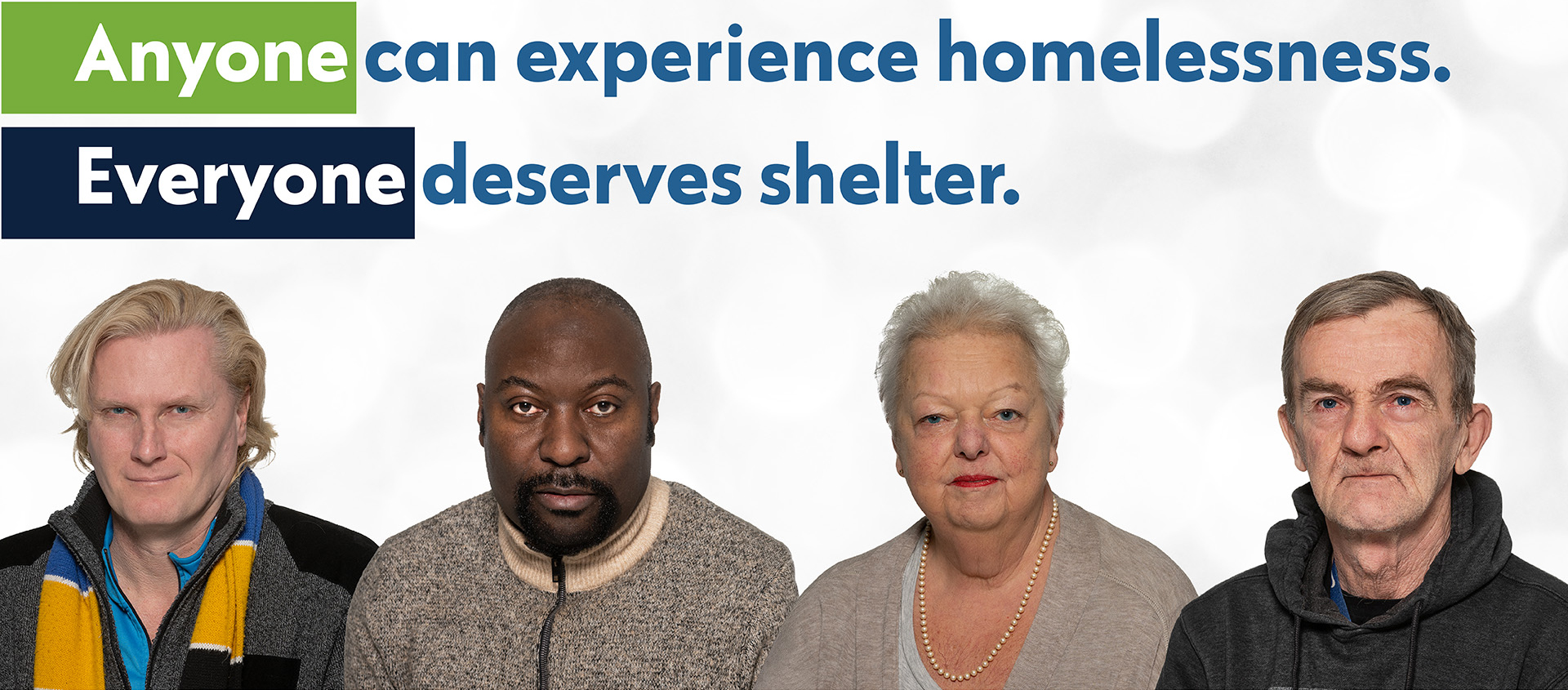

Homelessness is experienced in all areas of the city by individuals from all backgrounds, circumstances and ages.
The number of people becoming homeless continues to outpace the number of people moving out of homelessness and into permanent housing.
To meet that need and get better value for public dollars, the City is working to open up to 20 new shelter sites by 2033, guided by the City’s 10-year Homelessness Services Capital Infrastructure Strategy (HSCIS).
The City continues to experience unprecedented demand for shelter space. The housing and affordability crises, insufficient mental health supports, income supports that haven’t kept pace with the rising cost of living, and the record number of refugee claimants arriving in need of emergency shelter are all contributing to the strain on the emergency shelter system.
Shelters in the city:
Many shelter residents are working but can’t afford rent. Shelters provide critical services to help individuals experiencing homelessness gain stability as they work toward permanent housing.
Over the next 10 years, the City is developing up to 20 permanent and purpose-built shelters, with a focus on expanding outside of the downtown core where there are gaps in available services. Developing new shelters will help respond to demand and allow the City to gradually move out of more costly temporary shelter hotels, helping to achieve important cost savings. It will also allow the City to grow the shelter system in areas with significant need, such as families, youth, Black-led and Indigenous focused spaces.
New shelter sites will be thoughtfully designed to meet the diverse needs of Toronto’s homeless population and support integration into the surrounding communities. Shelters will be smaller, with approximately 80 spaces, to promote dignity, comfort and prepare residents for independent living. Sites will be more accessible, and feature on-site meal preparation, fewer beds per room, communal dining and program areas, and outdoor spaces, in addition to on-site wrap-around supports.
Each shelter will be built with intent for possible conversion into housing in the future should demand for emergency shelter spaces decrease.
City Council has delegated authority to staff to approve and develop new locations so that the City can quickly respond to shelter system pressures and ensure as many people as possible can access critical services and supports.
The City is being intentional about how these sites are selected and developed. To be considered as a potential new shelter service, sites must meet shelter by-law, minimum sizing and budget requirements.
Wrap-around supports must either be in the area or developed on site at the shelter. Locations must be located across the city, as the need is Toronto-wide.
Communities and neighbours are an important part of making these projects successful.
The City offers a comprehensive community engagement process that invites residents and businesses to take an active role in discussing how to best support and integrate a new shelter service into the neighbourhood.
Once a site is secured, the City hires a third-party community engagement facilitator to lead the community engagement process. This includes:
The City is committed to engaging communities and focusing efforts on how best to support and integrate shelters into each neighbourhood.
Below is a list of shelters with active community engagement. See location-specific webpages below for more information about these shelters and details on how residents can get involved.
| Site | Expected to Open | Project Type |
|---|---|---|
| Indigenous Youth Shelter | Open | Expansion |
| 629 Adelaide St. W. | Q2 2025 | Relocation |
| 2299 Dundas St. W. | Q4 2025 | Relocation |
| 545 Lake Shore Blvd. W. | Open | Temporary Shelter |
| 67 Adelaide St. E. | 2025 | Expansion |
| 2035 Kennedy Rd. | Open | Temporary Shelter |
| 185 Yorkland Blvd. | Open | Temporary Shelter |
| 1677 Wilson Ave. | Open | Temporary Shelter |
| 233 Carlton St. | Q2 2025 | Relocation |
| 25 Canterbury Place | Q2 2025 | Reopening |
| 2535 Gerrard St. E. | 2027 | New |
| 1615 Dufferin St. | 2027 | New |
| 2204-2212 Eglinton Ave. W. | 2028-2030 | New |
| 68 Sheppard Ave. | 2028-2030 | New |
| 66 Third St. | 2028-2030 | New |
| 1220 Wilson Ave. | 2028-2030 | New |